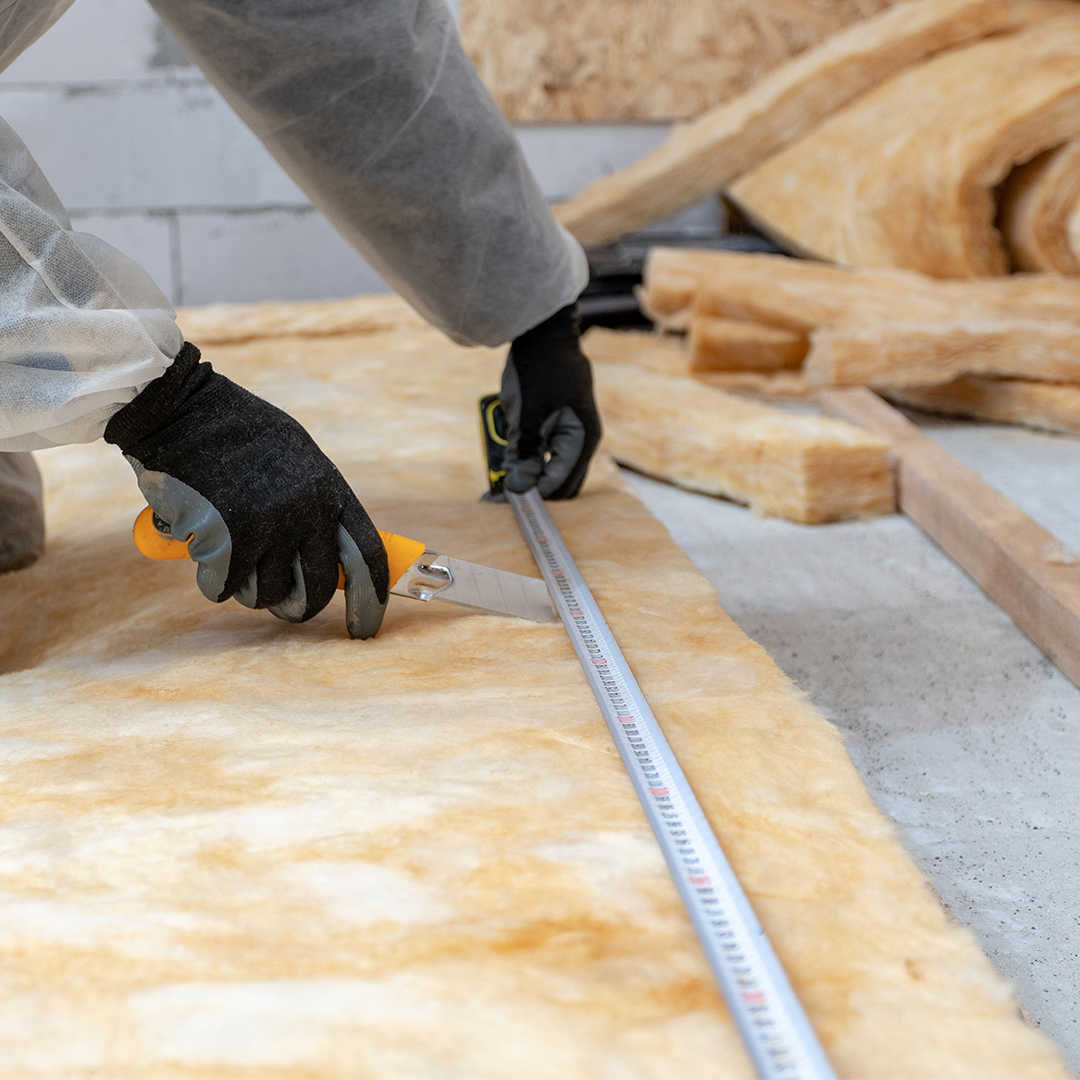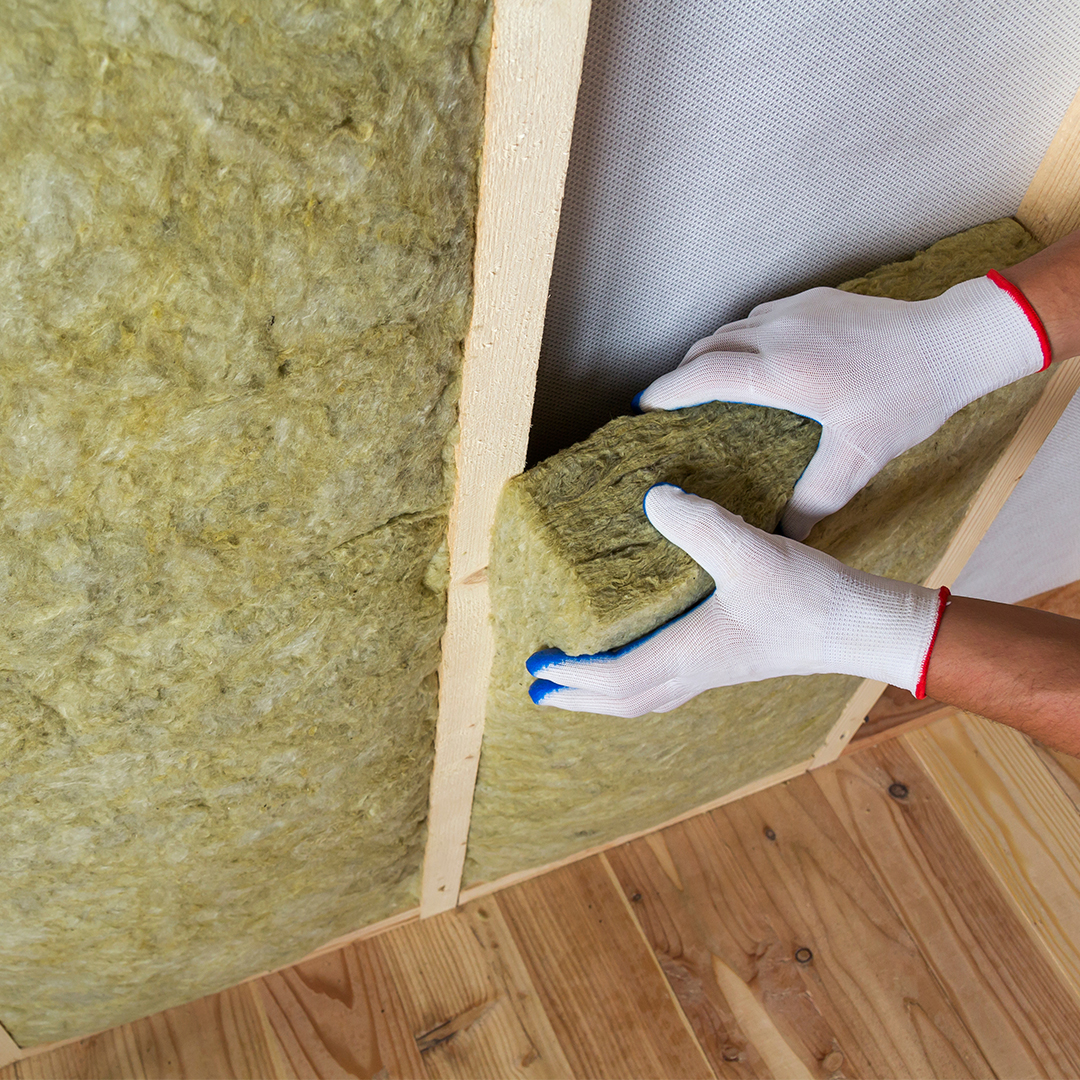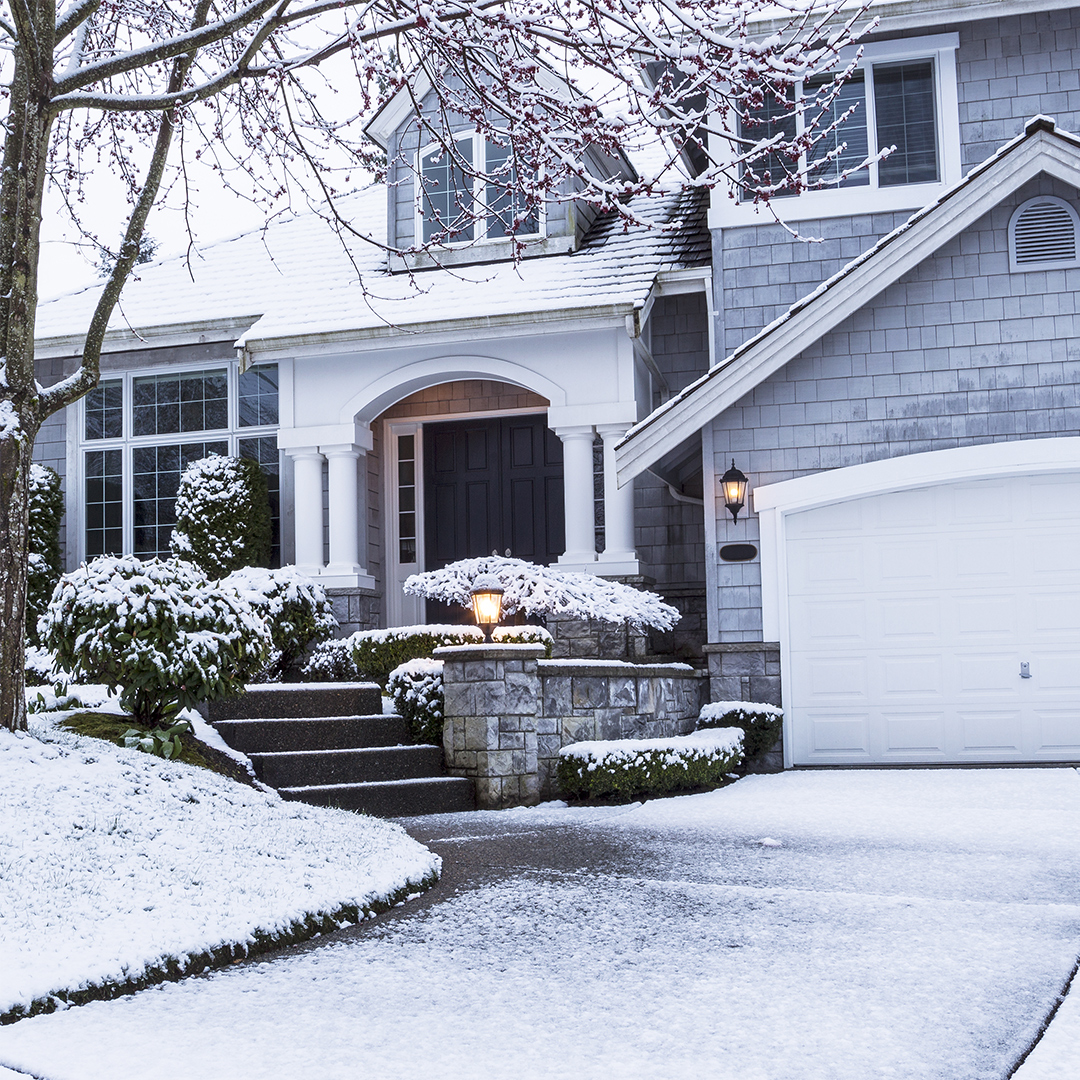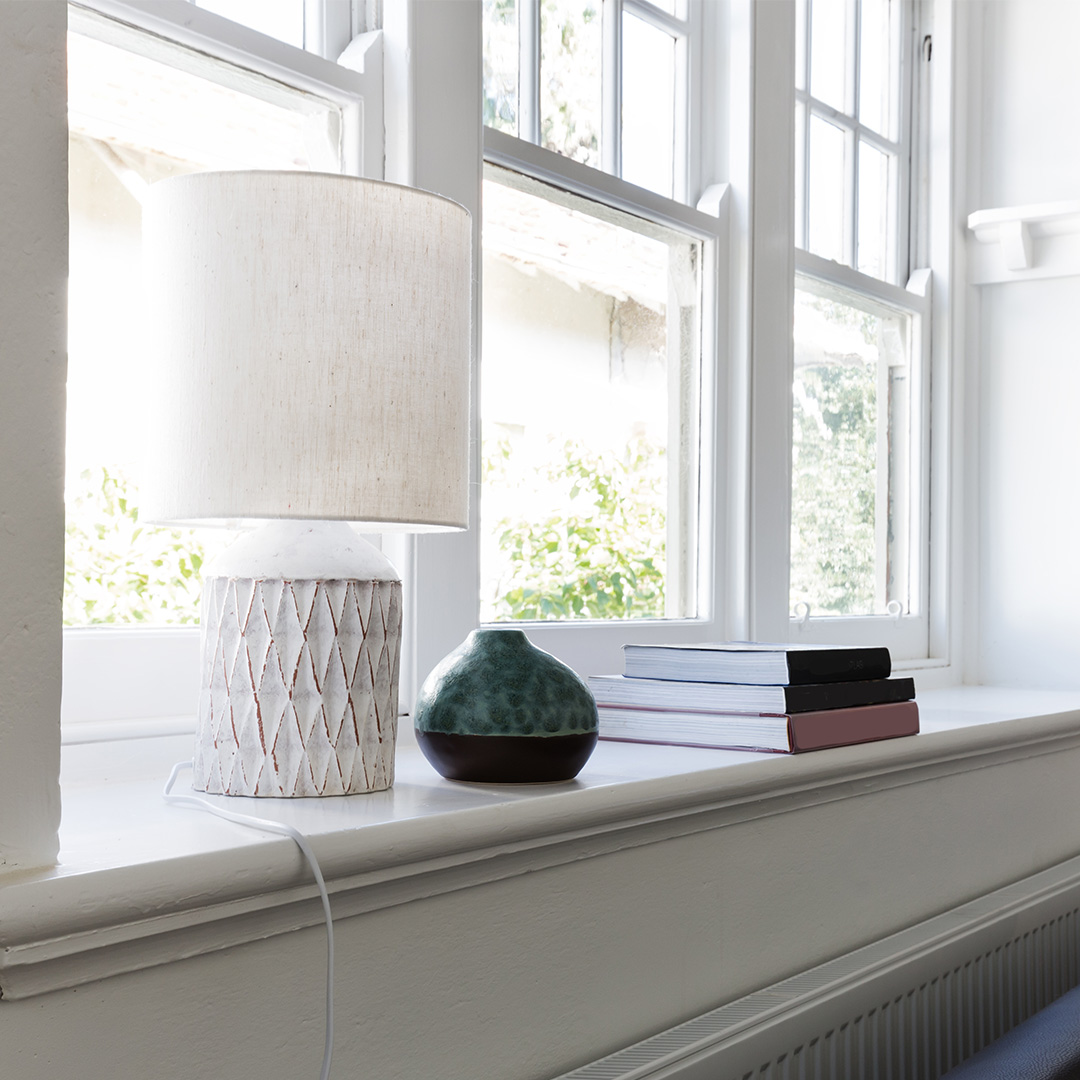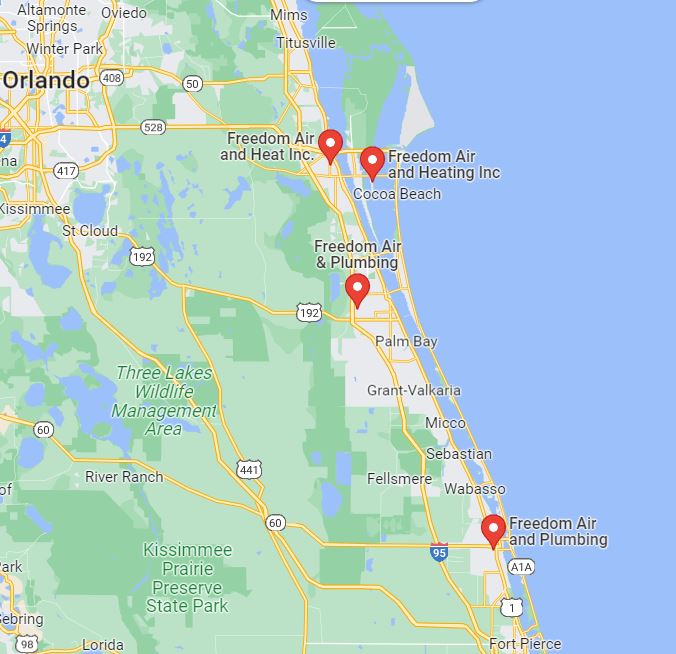Choosing the right insulation for your home can seem overwhelming, but it is critically important to keeping your HVAC unit energy efficient.
Understanding the basics about different types of insulation can help you determine whether you can DIY your next installation project, or if you need to leave it to the professionals. According to the United States Department of Energy, although it is possible to install some types of insulation yourself using the manufacturer’s instructions, other types could be too difficult or dangerous without proper training.
At Freedom Air and Heat, we are happy to encourage our customers as they navigate the correct types of insulation for different areas of their homes. That is why we have put together this guide to the most common types of insulation. Here is our introduction to insulation to assist with your home comfort.
Blanket Batts and Rolls
Blanket batts and rolls are cut into strips that fit snugly into the spaces between wall studs and rafters. They are usually made out of fiberglass, but they can also be constructed out of mineral wool and plastic fibers. It is best to install this type of insulation around unfinished walls, or in floors and ceilings. This insulation was made to be user-friendly, so don’t be afraid to make it your next DIY project if you wish. Just be sure to wear protective materials on your hands and mouth since fiberglass can be unsafe for your skin and lungs.
Foam Board / Rigid Foam Panels
Foam board can be used in spaces similar to blanket batts and rolls: unfinished walls, floors, ceilings, or unvented low-slope roofs. This insulation is made of polyurethane, polystyrene, or polyisocyanurate and is perfect for reducing heat conducted through the materials in your home. They are one of the best insulation types for lowering your energy consumption, but it is essential to make sure they are installed according to fire safety code standards. They must be covered with gypsum board in interior spaces and waterproof facing in exterior spaces since they are made of highly flammable material.
Loose-Fill and Blown-In Insulation
For existing walls with gaps and crevices, or other areas within your home that are simply hard to reach or fill in with traditional insulation boards and blankets, loose-fill or blown-in insulation can be a big help. It is typically created from cellulose, fiberglass, or mineral wool. Using special equipment, these materials are blown into place to fill in the cracks. You might be able to DIY this type by renting an insulation blower, but it might make some homeowners more comfortable to simply call an expert.
Spray Foam Insulation
Spray foam is another perfect solution for sealing crevices in enclosed wall spaces, open wall cavities, or irregularly shaped areas. They can be cementitious, or made with phenolic, polyisocyanurate, or polyurethane. They are released from a pressure spray can and then expand and solidify to seal up the area where they are applied. Installation might seem as simple as using a can of spray paint, but it can actually be a little bit more complicated. We recommend calling a professional to assist with this type of insulation.
Reflective or Radiant Barrier
Rather than reducing the flow of heat between materials in your home, reflective and radiant barrier insulation reflects heat away. This prevents heat from above from transferring into cooler surfaces within your home. It is usually made from foil-faced kraft paper, plastic film, polyethylene bubbles, or cardboard and it is installed between wooden studs, joints, rafters, and beams. You can safely install this type of insulation yourself, and it can be useful in preventing unwanted heat from flowing through the attic and into the rest of your home. Homeowners in warmer climates will benefit the most from its reflective properties.
If you are seeking more information on how to choose the best type of insulation to keep your HVAC running smoothly, contact Freedom Air and Heat at 321-631-6886.


